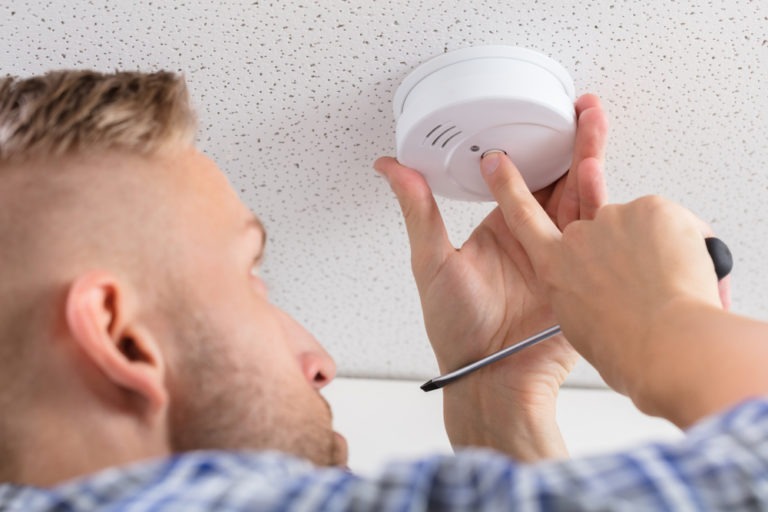
Property owners in Nevada have to ensure the safety of visitors to the property. State law does not specify exact items in regard to safety, however.
Property owners need to ensure the safety of visitors in a variety of areas by maintaining:
- A clean sidewalk free of hazards
- A clean driveway free of hazards
- Clean aisles inside a store
- Proper handrails on stairs
- Proper safety fencing around a pool
- Security to protect visitors from crime
- Fences to confine dangerous dogs
- Properly working amusement park rides
- Proper containment of dangerous chemicals
- Working fire and smoke detection equipment
- Working lighting for walkways and parking areas
If the property owner failed to provide a safe area for you as a legal invitee or visitor to the property and you suffered an injury, you can seek damages for your medical bills, pain, suffering, and reduced quality of life.
The Safety Standards for Individual Buildings
The city of Las Vegas and other cities in the state have standards for building safety and construction, depending on the usage. A sports arena in Las Vegas would have different rules for how it needs to ensure the safety of visitors versus an apartment complex, for example.
The Building & Safety Department in Las Vegas maintains a record of the most current building codes on its website.
Proving a Building Code Violation
Should you and your attorney be able to show that your injuries were related to a violation of the city’s building codes, this is a key piece of evidence that can help you win a judgment for your injuries.
You may want to work with a personal injury attorney with experience in this area. Reading through and fully comprehending the complex building code rules can be a challenge for lawyers who are not familiar with premises liability cases.
Matching the Standard of Reasonable Care
Standard of care is a key component of any premises liability case, according to the Legal Information Institute (LII). It means that the property owner needs to provide a safe environment and due care that is equal to what a reasonable person would provide under circumstances that are similar.
Should you and your attorney be able to show that the property owner violated this standard of care, resulting in your injuries, you could seek compensation.
The Reasonable Time a Property Owner Has to Fix a Problem
In some cases where an injury occurs on another party’s property, the property owner may be able to avoid liability if the unsafe hazard appears suddenly. Under the state statutes, property owners need to be given time to learn about the potential hazard and fix it.
If a security light in a parking lot goes out a few seconds before you trip and fall, for example, the property owner might not be liable because he or she did not have a reasonable amount of time to learn about the hazard’s appearance or to fix the broken light.
This section of the law is open to interpretation, so you and your attorney may need to show facts in the case that indicate the property owner should have known about the problem and should have fixed it more quickly.
Potential Compensation in Premises Liability Cases
If you can prove you were injured due to the property owner’s negligence, you may qualify to pursue different forms of compensation. Some of these may include:
- Pain and suffering
- Reduced earning capacity
- Lost wages
- Hospital bills
- Rehabilitative therapy
- Reduced quality of life
Our premises liability lawyers can help you estimate your losses after an accident on someone’s property and pursue fair compensation. They will take both your current and future losses into account, which is important for calculating fair compensation.
Our Attorneys Can Take on Your Premises Liability Case
Property owners have to take steps to ensure their property is safe. In Nevada, state statutes simply indicate that property owners must do everything reasonably possible to keep visitors safe and free from injury.
Call us today to get started. We will keep your case moving forward, meeting the Nevada statute of limitations for a personal injury case, which is two years, according to NRS §11.190(4)(e).

